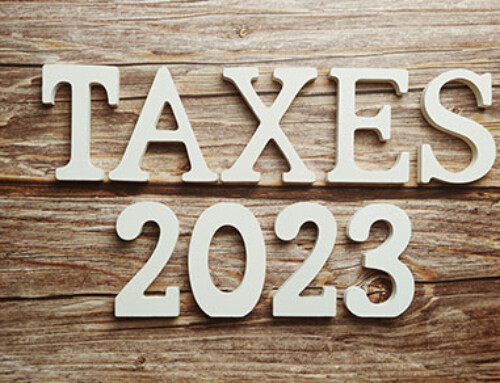The alternative minimum tax (AMT) is a tax system separate from the regular tax that is intended to prevent a taxpayer with substantial income from avoiding tax liability by using various exclusions, deductions, and credits.
Under it, AMT rates are applied to AMT income determined after the taxpayer “gives back” an assortment of tax benefits. If the tax determined under these calculations exceeds the regular tax, the larger amount is owed. In computing the AMT, only alternative minimum taxable income (AMTI) above an AMT exemption amount is taken into account. The AMT exemption amount is set by statute and adjusted annually for inflation, and the exemption amounts are phased out at higher income levels.
Under pre-Act law, for 2018, the exemption amounts were scheduled to be:
(i) $86,200 for marrieds filing jointly/surviving spouses;
(ii) $55,400 for other unmarried individuals;
(iii) 50% of the marrieds-filing-jointly amount for marrieds filing separately, i.e., $43,100;
And, those exemption amounts were reduced by an amount equal to 25% of the amount by which the individual’s AMTI exceeded:
(i) $164,100 for marrieds filing jointly and surviving spouses (phase-out complete at $508,900);
(ii) $123,100 for unmarried individuals (phase-out complete at $344,700); and
(iii) 50% of the marrieds-filing-jointly amount for marrieds filing separately, i.e., $82,050 (phase-out complete at $180,450).
Additionally, married persons filing must add the lesser of the following to AMTI: (1) 25% of the excess of AMTI (determined without regard to this adjustment) over the minimum amount of income at which the exemption will be completely phased out, or (2) the exemption amount. So, for 2018, married persons filing separately must add the lesser of the following to AMTI: (1) 25% of the excess of AMTI over $254,450, or $43,100.
For trusts and estates, for 2018, the exempt amount was scheduled to be $24,600, and the exemption was to be reduced by 25% of the amount by which its AMTI exceeded $82,050 (phase-out complete at $254,450).
New law. For tax years beginning after Dec. 31, 2017 and before Jan. 1, 2026, the Act increases the AMT exemption amounts for individuals as follows:
. . . For joint returns and surviving spouses, $109,400.
. . . For single taxpayers, $70,300.
. . . For marrieds filing separately, $54,700. (Code Sec. 55(d)(4), as amended by Act Sec. 12003(a))
Under the Act, the above exemption amounts are reduced (not below zero) to an amount equal to 25% of the amount by which the AMTI of the taxpayer exceeds the phase-out amounts, increased as follows:
. . . For joint returns and surviving spouses, $1 million.
. . . For all other taxpayers (other than estates and trusts), $500,000.
For trusts and estates, the base figure of $22,500 and phase-out amount of $75,000 remain unchanged. All of these amounts will be adjusted for inflation after 2018 under the new C-CPI-U inflation measure (see above). (Code Sec. 55(d)(4), as amended by Act Sec. 12003(a))







Leave A Comment